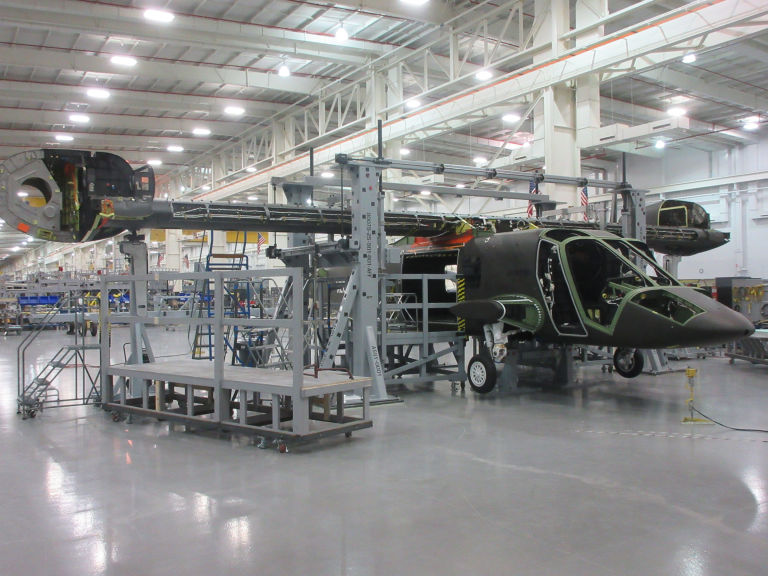 1) IMR-3M Obstacle-Clearing Vehicle
1) IMR-3M Obstacle-Clearing Vehicle
A vehicle built for heavy engineering in tough environments, it's hard
not to respect this road-clearing (or -creating) monster. The two-man
crew inside the vehicle can breach tree entanglements, blaze an 8-mile
trail in an hour and lift 2 tons with a telescoping arm that extends 10
yards. It's also prepared to survive a fight, with thick armor, masking
smoke and a machine-gun turret. Best of all, it's mounted on the chassis
of a T-90 main battle tank. It can also survive blasts from
explosives—the plow can clear pressure and magnetic-fuse mines—making
the vehicle an all-purpose brute.
9A52-4 Multiple Launch Rocket System

One hero of Russian history is the Katyusha, a wheeled vehicle from
World War II that rained rockets on German troops and tanks. This modern
version, a very lightweight rocket launcher mounted on a truck chassis,
has a simple design but packs a wallop—the crew inside the cab fires
300-mm rockets with warheads that include incendiary, fuel-air
explosive, cluster munitions or antitank mines. The one on display here
features six reusable launch tubes, which can be reloaded by a separate
vehicle, using a crane, within 8 minutes. While the four-axle truck it's
mounted on is not ideal off-road driving, these systems are masters of
the shoot-and-scoot; by the time counterbattery fires rain down, they
have driven away. This air-transportable version of the popular Smerch
rocket system was introduced in 2007 but still awaits an international
customer.
Kasta 2E Radar

The Kasta is a great all-purpose radar system that can be used to track
helicopters, cruise missiles and airplanes. Set this up for remote
operation, and you've got a movable defense screen for virtually
anything in the air or an air-traffic-control radar that can operate in
any weather for up to 20 days. The radar here can cover about 90 miles,
depending on the height of the antenna it is mounted on, and can be set
up for action in 20 minutes. The Kasta is said to be resistant to enemy
jamming. A newer version of this radar is a popular item on the
international market and guards Iranian nuclear sites. The diesel engine
fires up with a whine, and the old-school mechanical radar dishes spin,
unlike newer electronic radar arrays.
1V13 Artillery Fire Command Vehicle

Even the most modern artillery shell or missile is useless without
knowing where targets are located. This scrappy recon vehicle is made to
operate, day or night, in the most miserable conditions possible to
provide guidance to indirect fire coming from large and small
formations, from the platoon to the battalion level. The 1V13s are
studded with radios, laser rangefinders, navigation equipment and an
aiming circle that provides the angle needed to correctly place a round.
Once in position, the crew of six can set up to direct volleys of heavy
fire within 15 minutes. The low profile and telescoping antenna are
meant to protect the crew members as they sneak into position. The guys
inside these things need to be close to the enemy to do their jobs—that
takes bravery and good hardware, especially since they are favored
targets of the enemies. Like almost all Russian military equipment, the
vehicle was designed during the Soviet era and has been sold
internationally and sporadically upgraded.
9A39 Launch/Reload Vehicle for the BUK M1-2

The BUK M1-2 Self-Propelled Launch System (called the SA-11 Gadfly by
NATO) is tailor-made to spot and destroy aircraft and inbound cruise
missiles. In this photo is an oft-forgotten part of the medium-range
system—the reloader. The crane, bent in the front, hoists missiles onto
nearby Gadflys. The system can't see for itself—it relies on other
nearby vehicles carrying radar for targeting—but it can shoot and reload
on its own. The missiles are radar guided and can reach Mach 3. These
vehicles are sold all over the world, including in Pakistan, Egypt,
North Korea, Syria, China and (arriving soon) Venezuela.
MIK-MKS Mobile Communications System

It takes a half-hour for the 100-foot mast of this vehicle to reach its
full height. But once it does, the MIK-MKS provides wireless broadband
access for 200 users using the four antennas atop the mast. Micran, the
company that makes the system in the Siberian city of Tomsk, can tailor
it for a variety of other communications uses, but the main purpose of
the system is for a single vehicle to connect a slew of dispersed units.
It's designed to be hardened against jamming interference from enemies
and rough conditions of Mother Nature, especially high winds.












